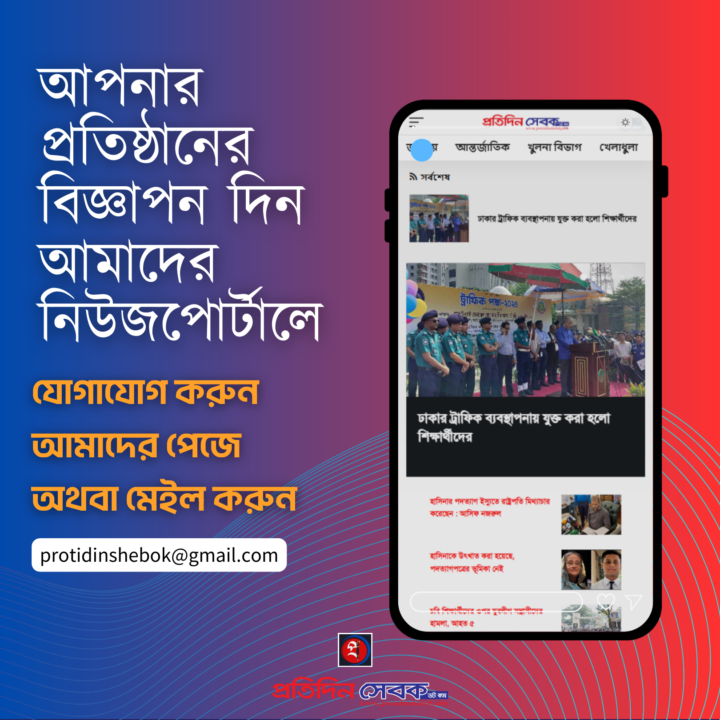As the Game of Thrones Little Person character Tyrion Lannister tells Jon Snow about Jon’s newly paralyzed half brother, Bran Stark, “If you’re going to be a cripple, it’s better to be a rich cripple.”
Statistically, Americans with disabilities are, by and large and with plenty of exceptions, less educated, less free and integrated into their communities, and less financially secure than people who don’t have disabilities. But of course the disabled population is also widely diverse, from abject poverty, homelessness, confinement, loneliness, and despair – to wealth, stability, high social standing, and the best support services and adaptive technology that money can buy.
These days, the term “privilege” might be used to explain at least some of these hugely varied outcomes. The term is often poorly understood and sometimes misused. But it’s also often based on a solid base of real-life experience. This is certainly true for people with disabilities. Disability is most often a social and financial disadvantage. But that doesn’t mean people with disabilities can’t have and enjoy what in current parlance we call “privilege.”
One key to understanding the multi-layered complexity and disunity of disabled communities is to realize that some disabled people have more privilege than others. It’s an important reality for everyone to realize and acknowledge, especially for disabled people themselves.
Here are a few of the ways that disabled communities have their own forms of privilege.
1. Disability type
All people with any kind of disability from time to time experience at least some type and degrees of physical barriers, prejudice, or exclusion. They encounter – or are stuck with – homes, businesses, government buildings, and neighborhoods that are inaccessible. They occasionally run into – or are constantly bombarded by – discomfort, awkwardness, or outright hostility. They are sometimes hindered – or decisively held back by – disability discrimination in education, jobs, and other opportunities. Few, if any disabled person can entirely escape ableism.
But there is also a rough, shifting, rarely discussed, but very real hierarchy among people with different types of disability.
For example, physically disabled people tend to be better accommodated and socially accepted than people with cognitive impairments or mental health conditions. And people with purely physical and isolated impairments, like amputation are usually at least someone more easily integrated and perceived as “normal” than people with more complex physical disabilities like cerebral palsy or muscular dystrophy.
Meanwhile people with intellectual disabilities, such as Down syndrome, or mental health diagnoses like schizophrenia or bipolar disorder tend to experience far more stigma, prejudice, and discrimination – arguably more than for any other type of disability. Some people with disabilities encounter more physical and procedural ableism, but maybe a bit less personal prejudice, Others navigate the physical world well but are more socially stigmatized.
So within disability communities themselves, certain kinds of disabilities can be a kind of comparative privilege that people with other, less accepted and understood disabilities lack.
2. Identity
People with disabilities exist both alongside and within every other demographic category and social identity. Disability intersects with race, ethnicity, gender, sexual orientation, religion, and every other way people define themselves and the communities they belong to.
There are people who are black and disabled, white and disabled, and disabled people of every other race and ethnicity. There are disabled men, women, and nonbinary people. There are straight, gay, and queer disabled people. There are disabled people of all faiths, and of no religious affiliation.
However, like most other parts of American society, disability communities have historically been dominated, certainly on the surface and usually underneath as well, by relatively well off, educated white people. Disabled people who also have other marginalized identities tend to experience compounding layers of prejudice, while otherwise privileged people who are disabled are more likely to experience ableism by itself, somewhat more in isolation and limited in scope.
It’s a painful and tricky thing to talk about, especially among people with disabilities. Most disabled people can’t imagine themselves as having privilege of any kind. And a quadriplegic, who happens to white and wealthy, still may have a hard time thinking that they are fortunate, even compared to other disabled people. But at the same time, a Black quadriplegic, who is also relatively or extremely poor, and gay or transgender too, can’t escape the sense that they are mired in multiple layers of prejudice. For anyone to deny this would be wishful thinking at best.
None of this is definitive, inevitable, or the same in every case. But it’s a noticeable pattern to be aware of and try to deal with honestly.
3. Background
Not all disabled people have supportive communities around them. In a sense, feeling accepted and encouraged by the people closest to them is another privilege some disabled people have and others don’t.
Some families encourage a disabled child to grow, learn, try things, and strive to live a good life. Other families overprotect a disabled child, and drive them through endless therapies and painful regimens in hopes of achieving some kind of cure. Still others can’t seem to get over their own trauma at having a disabled child, and transfer that stifling negativity to the child.
This often extends to a disabled person’s social standing in the community. Some friends, neighbors, schools, and workplaces seem to instinctively view some disabled people as positive members of the community, but others as pitiful or contemptible outcasts. And some communities seem to be generally more accepting of disabled people overall, while others become distinctly unfriendly to nearly all of them. The reasons can be hard to track down. But the effects, both positive and negative, are further evidence of varied privilege.
Finally, adults with disabilities in particular can find vastly different reception and support based on education, credentials, and whether or not they have mastery of those intangible social skills and codes called “professionalism,” or just social ease. Disabled people with more knowledge, training, and comfort with unwritten rules and habits of mainstream middle and upper-middle class life have another element of privilege. Almost regardless of their disabilities, they are able to function more effectively and comfortably in a variety of social settings, workplaces, and professions. Meanwhile other disabled people struggle to navigate not just the physical environment, but social environments too, where the barriers are often invisible but no less restrictive.
4. Income and wealth
Does privilege among people with disabilities come down to money? Not completely. But it would be naive to deny that money can buy a lot of comfort and equality for at least some disabled people.
Regardless of disability type, it makes an enormous difference to your quality of life whether or not you have enough money to live on. This includes expenses everyone has, like food, shelter, heating, and clothes. But for most disabled people it also includes added expenses like medications, adaptive equipment, personal care, and accessible housing and transportation.
And whether or not a disabled person has enough income for these things is based on so much more than traditional conceptions of hard work and determination. It depends on a complex web of work and job opportunities, benefits eligibility rules, other sources of financial support, and of course the other forms of relative privilege and background support already discussed.
Benefits rules alone set the conditions and parameters for a lot of disabled people. To qualify for solid, secure support benefits, you generally have to be poor, and at least initially, not working. Then if you do work and earn a bit more money over time, you risk losing benefits – which can then make you worse off than if you didn’t work at all. Outdated eligibility rules also make it nearly impossible to build backup savings for emergencies, or for investments in a more accessible life like a safer ramp, a better wheelchair, or accessible kitchen modifications.
Benefits like Social Security, Medicaid, and Medicare are essential and valuable, up to a point. But their current rules and parameters make the road to real financial stability twisty and nearly impossible.
Money can buy at least some access and opportunity – which in turn increases social acceptance, and can even reduce a disabled person’s exposure to ableism. It’s impossible for disabled people to completely avoid ableism and inaccessibility. But in general, disabled people with steady incomes and some deeper wealth have more ways to buy their way through or around them. For some disabled people, money is a distinct and undeniable privilege.
There is a common ableist notion that disabilities themselves confer unearned privileges – in the form of monetary benefits like Social Security, “special” accommodations at school and work, “handicapped parking,” and some kind of general goodwill.
While those privileges do exist in a way for some people with disabilities, they are generally exaggerated by non-disabled people who see only the meager “advantages” of being disabled and none of the barriers and crushing stigma. The more important privileges exist within and among disability communities. And they help at least partly to explain some of the vast differences in everyday experience and quality of life between people with seemingly similar disabilities.
-Forbes







